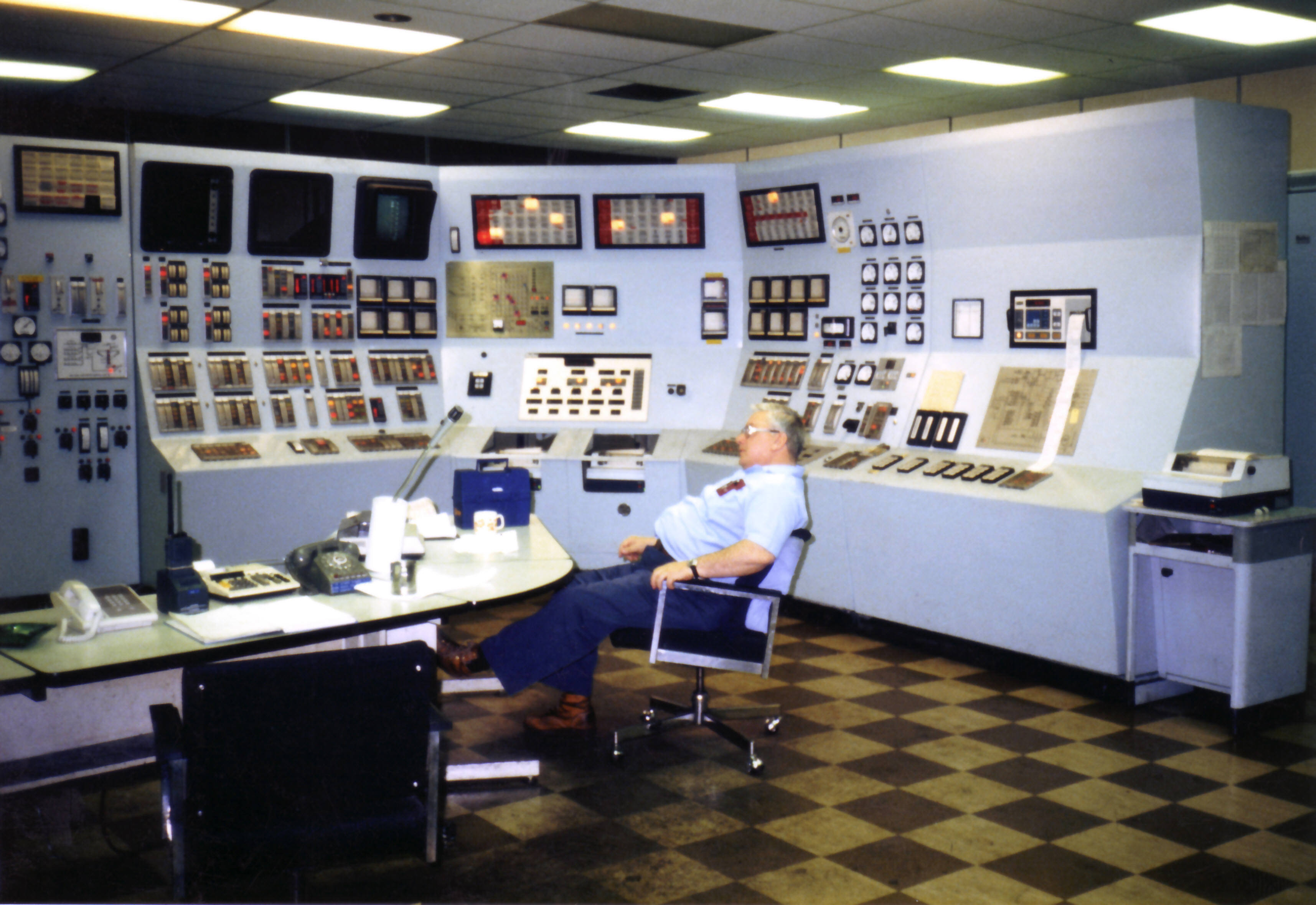|
ZWCAD (software)
ZWCAD () is a CAD software application. It is developed by ZWSOFT in Guangzhou, China. ZWCAD is a CAD software mainly for two-dimensional designing and is compatible with DWG files. ZWCAD is available in more than 15 languages and has more than 1,400,000 users from over 90 countries and districts. The latest software version is ZWCAD 2024. Overview ZWCAD is compatible with widely used 2D CAD drawing formats (such as DWG, DWT, DXF, DWF) and can directly read and save common graphics information. In addition, ZWCAD's interface and usage are similar to those of other 2D CAD software. ZWCAD can run on both Windows and Linux operating systems. Versions There are various versions of ZWCAD, such as the following. *ZWCAD Mechanical Edition: Based on ZWCAD, it adds special functions for mechanical design and is equipped with a standard parts library to simplify drawing work in the field of mechanical design. In addition, ZWSoft has launched a mobile CAD application called " ZWCAD mobi ... [...More Info...] [...Related Items...] OR: [Wikipedia] [Google] [Baidu] |
Microsoft Windows
Windows is a Product lining, product line of Proprietary software, proprietary graphical user interface, graphical operating systems developed and marketed by Microsoft. It is grouped into families and subfamilies that cater to particular sectors of the computing industry – Windows (unqualified) for a consumer or corporate workstation, Windows Server for a Server (computing), server and Windows IoT for an embedded system. Windows is sold as either a consumer retail product or licensed to Original equipment manufacturer, third-party hardware manufacturers who sell products Software bundles, bundled with Windows. The first version of Windows, Windows 1.0, was released on November 20, 1985, as a graphical operating system shell for MS-DOS in response to the growing interest in graphical user interfaces (GUIs). The name "Windows" is a reference to the windowing system in GUIs. The 1990 release of Windows 3.0 catapulted its market success and led to various other product families ... [...More Info...] [...Related Items...] OR: [Wikipedia] [Google] [Baidu] |
Linux
Linux ( ) is a family of open source Unix-like operating systems based on the Linux kernel, an kernel (operating system), operating system kernel first released on September 17, 1991, by Linus Torvalds. Linux is typically package manager, packaged as a Linux distribution (distro), which includes the kernel and supporting system software and library (computing), libraries—most of which are provided by third parties—to create a complete operating system, designed as a clone of Unix and released under the copyleft GPL license. List of Linux distributions, Thousands of Linux distributions exist, many based directly or indirectly on other distributions; popular Linux distributions include Debian, Fedora Linux, Linux Mint, Arch Linux, and Ubuntu, while commercial distributions include Red Hat Enterprise Linux, SUSE Linux Enterprise, and ChromeOS. Linux distributions are frequently used in server platforms. Many Linux distributions use the word "Linux" in their name, but the Free ... [...More Info...] [...Related Items...] OR: [Wikipedia] [Google] [Baidu] |
Proprietary Software
Proprietary software is computer software, software that grants its creator, publisher, or other rightsholder or rightsholder partner a legal monopoly by modern copyright and intellectual property law to exclude the recipient from freely sharing the software or modifying it, and—in some cases, as is the case with some patent-encumbered and EULA-bound software—from making use of the software on their own, thereby restricting their freedoms. Proprietary software is a subset of non-free software, a term defined in contrast to free and open-source software; non-commercial licenses such as CC BY-NC are not deemed proprietary, but are non-free. Proprietary software may either be closed-source software or source-available software. Types Origin Until the late 1960s, computers—especially large and expensive mainframe computers, machines in specially air-conditioned computer rooms—were usually leased to customers rather than Sales, sold. Service and all software available ... [...More Info...] [...Related Items...] OR: [Wikipedia] [Google] [Baidu] |
List Of CAx Companies
This is a list of computer-aided technologies (CAx) companies and their software products. Software using computer-aided technologies (CAx) has been produced since the 1970s for a variety of computer platforms. This software may include applications for computer-aided design (CAD), computer-aided engineering (CAE), computer-aided manufacturing (CAM) and product data management (PDM). The list is far from complete or representative as the CAD business landscape is very dynamic: almost every month new companies appear, old companies go out of business, and companies split and merge. Sometimes some names disappear and reappear again. CAx software companies Past CAD Brands Acquired, orphaned, failed or rebranded. ;Alias:Acquired by Autodesk ; Applicon:Acquired by UGS Corporation ; CADAM:Acquired by Dassault Systèmes ; CADCentre:Rebranded as Aveva ;Baystate Technologies:Acquired by Kubotek Corporation ;BARCO NV:Now called Ucamco for printed circuit board applications ;Ca ... [...More Info...] [...Related Items...] OR: [Wikipedia] [Google] [Baidu] |
Computer-aided Design Software
Automation describes a wide range of technologies that reduce human intervention in processes, mainly by predetermining decision criteria, subprocess relationships, and related actions, as well as embodying those predeterminations in machines. Automation has been achieved by various means including mechanical, hydraulic, pneumatic, electrical, electronic devices, and computers, usually in combination. Complicated systems, such as modern factories, airplanes, and ships typically use combinations of all of these techniques. The benefit of automation includes labor savings, reducing waste, savings in electricity costs, savings in material costs, and improvements to quality, accuracy, and precision. Automation includes the use of various equipment and control systems such as machinery, processes in factories, boilers, and heat-treating ovens, switching on telephone networks, steering, stabilization of ships, aircraft and other applications and vehicles with reduced huma ... [...More Info...] [...Related Items...] OR: [Wikipedia] [Google] [Baidu] |


